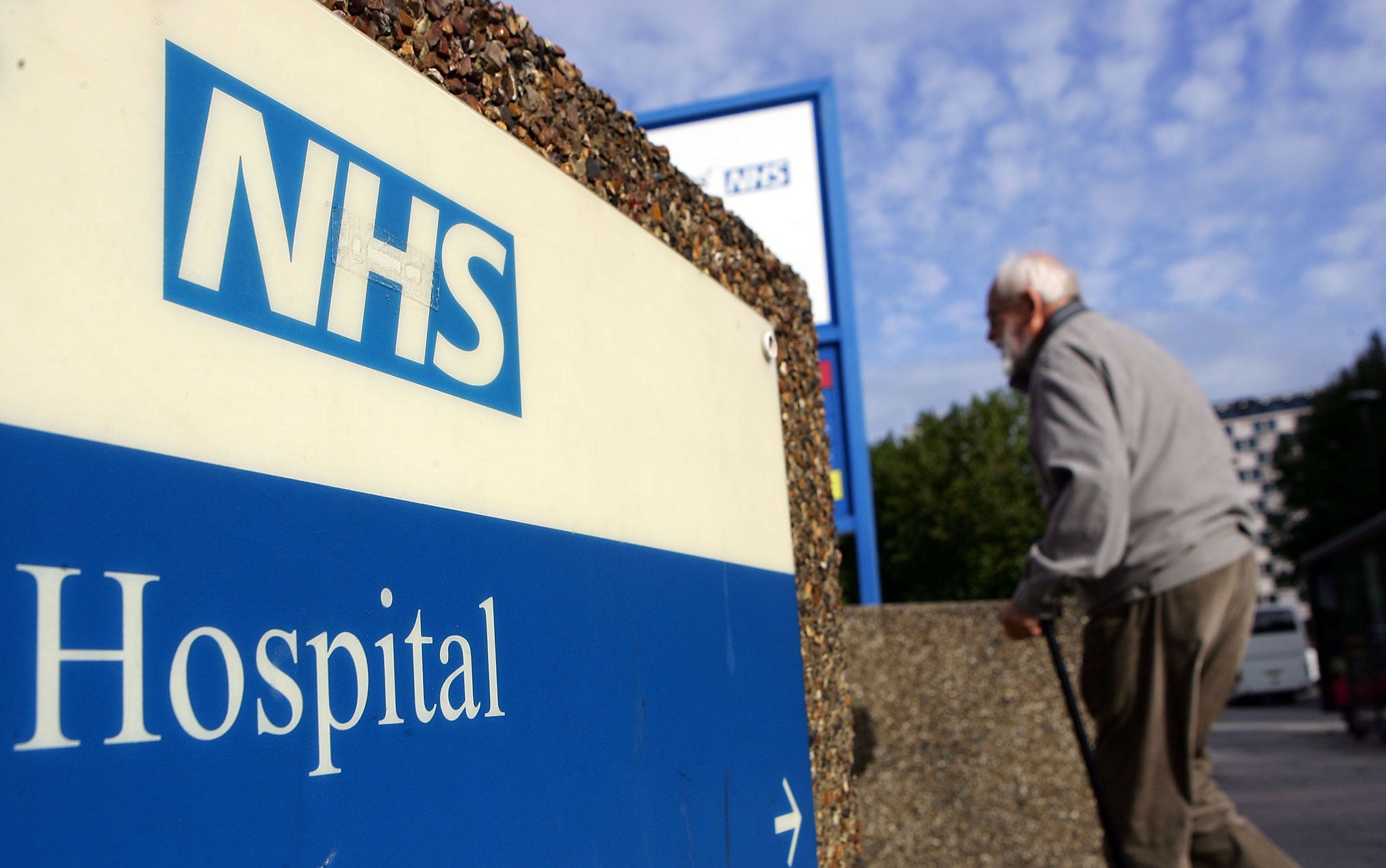After Mid-Staffordshire scandal, death rates at 14 hospitals to be investigated
NHS Commissioning Board identifies high mortality rates at nine more hospital trusts

At least 14 NHS hospitals are to be investigated for their persistently high patient death rates, it was announced tonight.
The number of hospital trusts facing scrutiny in the wake of the Mid Staffordshire scandal was nearly tripled as the NHS Commissioning Board confirmed it was examining potential problems at an additional nine hospital trusts.
This is on top of the five trusts marked down for inspection by the NHS medical director, Sir Bruce Keogh, last week after the publication of the Francis report into Mid Staffs. The total number under investigation represents nearly one in 10 of the 162 acute trusts in the country.
But the commissioning board did not convincingly explain why all the investigations had not been announced at the same time, amid suspicions that they were trying to dilute the impact of the news.
Among the nine hospital trusts to be investigated, five have been judged to be financially failing by the Department of Health and the Foundation Trust regulator Monitor.
Others have already had significant problems with their care identified by the standards watchdog, the Care Quality Commission (CQC). They include United Lincolnshire Hospitals NHS Trust, where standards of staffing, care and treating people with respect have been judged to be unsatisfactory. Problems have also been identified at North Cumbria University Hospitals NHS Trust and Buckinghamshire Healthcare NHS Trust.
Several of the hospitals run by trusts included on the new list – including Northern Lincoln- shire and Goole Hospitals NHS Foundation Trust – have not yet had full inspections by the CQC.
The other hospital trusts on the list are the George Eliot, Dudley, Sherwood Forest, Medway and Burton.
The commissioning board said all the hospitals were “outliers” on the Hospital Standardised Mortality Ratio (HSMR) for two years running.
The HSMR measures deaths while patients are in hospital. The mortality indicator is based on 56 conditions that account for 80 per cent of deaths.
The commissioning board said it was using high mortality ratios as a “smoke alarm” so NHS organisations can examine whether there are any underlying problems.
Northern Lincolnshire and Goole’s chief executive said the mortality figures demonstrated its high quality of care.
A spokesman for Buckinghamshire’s trust said: “We have seen an improvement in our mortality indicators year-on-year as a result.”
Dr Craig Stenhouse, medical director at Burton Hospitals, said: “We welcome this opportunity of a review from independent sources.”
The Dudley Group chief executive, Paula Clark, said the current analysis showed the trust is in the “expected range” for mortality ratios.
A spokesman for United Lincolnshire Hospitals NHS Trust said the trust’s mortality figures have “improved significantly” in the last year.
George Eliot Hospital NHS Trust’s chief executive, Kevin McGee, said: “We’ve made significant improvements to our mortality rates over the past year.”
North Cumbria University Hospitals interim chief executive, Ann Farrar, said: “We have put in place a comprehensive improvement plan to reduce this.”
